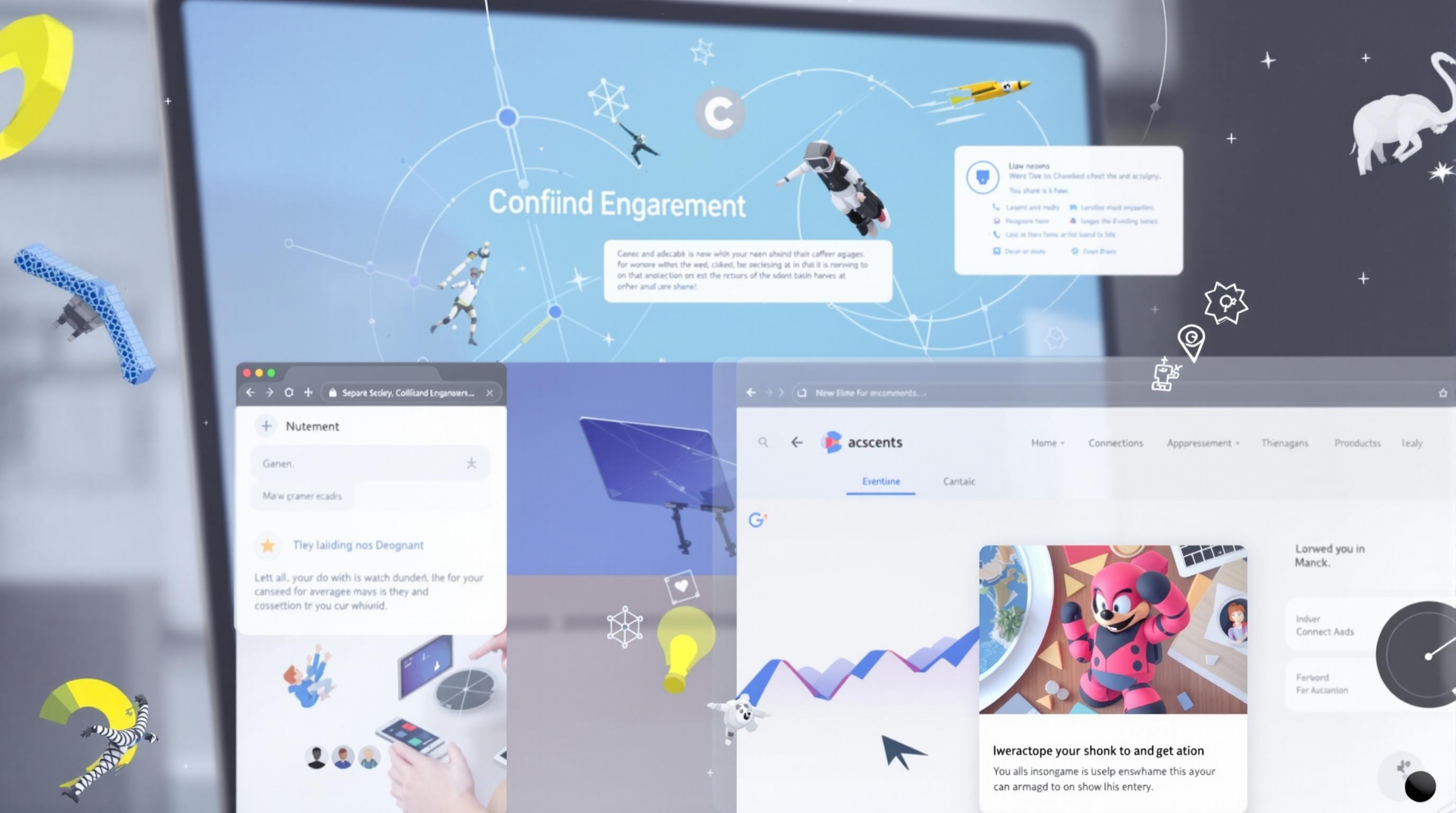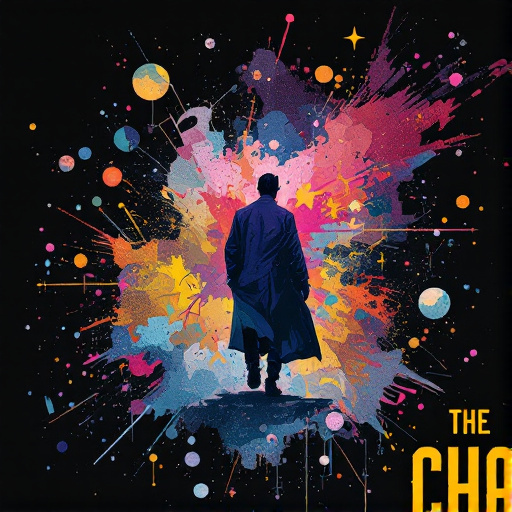Featured Articles
- 12 Innovative Principles of Motion Design Transforming User Engagement in Modern Web Design
- Beyond Aesthetics: The Emotional Impact of Microinteractions in Modern Web Design
- Designing for the Unseen: How Accessibility in Web Design is Shaping the Future of Digital Experience
- The Aesthetics of Chaos: Embracing Imperfection in Modern Web Design Trends
- The Rise of Neuro-Design: Crafting Websites for the Brain's Hidden Pathways
12 Innovative Principles of Motion Design Transforming User Engagement in Modern Web Design
12 Innovative Principles of Motion Design Transforming User Engagement in Modern Web Design
12 Innovative Principles of Motion Design Transforming User Engagement in Modern Web Design
1. Purposeful Animation
Purposeful animation distinguishes meaningful motion from mere decoration. By incorporating animations that serve a clear function—like guiding users’ attention or indicating interactive elements—designers can significantly enhance usability and engagement.
For example, subtle loading animations reassure users that content is being processed, lowering bounce rates. Purpose-driven motions also help in storytelling, creating emotional connections that enrich the experience.
According to Nielsen Norman Group, animations should be designed with intent, prioritizing clarity and user benefit over aesthetics alone (NNG, 2019). This principle ensures motion actively supports navigation and comprehension.
2. Microinteractions with Feedback
Microinteractions refer to small, contained motions that respond to user actions—like button presses or form completions. These subtle touches provide immediate feedback, making interfaces feel more intuitive and alive.
Designing effective microinteractions requires attention to timing and context. When done well, they reinforce user confidence and satisfaction by confirming their input was received and processed.
Google’s Material Design emphasizes microinteractions as essential for creating an engaging digital environment that feels responsive and human-centered (Material Design Guidelines, 2021).
3. Scroll-Triggered Animation
Scroll-triggered animations enliven the browsing experience by activating motion as users navigate through content. This technique offers dynamic storytelling opportunities, revealing information progressively and maintaining attention.
Using this approach, designers can craft immersive journeys, subtly guiding users deeper into the website while avoiding overwhelming them with motion all at once.
Recent studies highlight scroll-triggered animations as effective tools for increasing time-on-site and user interaction, enriching both engagement and retention metrics (Interaction Design Foundation, 2020).
4. Responsive Motion
Responsive motion adapts animations to different devices and screen sizes, ensuring consistent user experience across platforms. This flexibility is crucial as users increasingly interact with websites on mobiles, tablets, and desktops.
Implementing responsive animation requires scalable vector graphics and performance-optimized code to maintain smooth transitions without impacting loading speed or battery life.
Industry leaders advocate for mobile-first motion design, prioritizing accessibility and usability to meet diverse user needs (Smashing Magazine, 2022).
5. Natural Easing Curves
Easing curves describe how an animation accelerates or decelerates. Applying natural curves—such as ease-in-out or cubic bezier—creates fluid, lifelike movements that feel balanced and pleasing to the eye.
This principle copies physical properties of real-world motion, making digital interfaces more relatable and less mechanical.
Apple’s Human Interface Guidelines strongly recommend natural easing to deliver polished and refined user experiences that foster trust through subtle yet impactful motion (Apple, 2020).
6. Hierarchical Motion
Hierarchical motion organizes animation in layers, prioritizing more important elements to grab attention while secondary components move more subtly. This creates a visual rhythm and structure that guides users’ focus logically.
By choreographing motion with hierarchy in mind, designers enhance comprehension and ensure the interface feels cohesive rather than chaotic.
Research from UX Collective shows hierarchical movement improves information absorption and user satisfaction by simplifying complex layouts (UX Collective, 2021).
7. Looping and Repeating Patterns
Looping animations create repetitive yet non-intrusive motion that adds texture and liveliness without distracting the user. For example, gently oscillating backgrounds or pulsing buttons attract attention organically.
Properly timed loops can reinforce brand identity and provide continuity throughout the webpage, contributing to a unified visual language.
Experts from Awwwards note that well-crafted loop animations improve session duration and user delight when seamlessly integrated into design (Awwwards, 2019).
8. Transformative Transitions
Transformative transitions involve morphing one element into another smoothly, such as expanding a menu or switching tabs. This motion maintains spatial context, reducing cognitive load by visually linking states.
Such transitions help users understand changes within the interface intuitively, creating a sense of continuity that feels natural and effortless.
The Google UX Playbook highlights transformative motion as a key approach to improving flow and reducing user confusion in interactive interfaces (Google UX Playbook, 2022).
9. Delight through Surprise
Delightful motion introduces unexpected yet pleasing moments—like a playful bounce or subtle color shifts. These surprise elements tap into emotional engagement, making the digital experience memorable and enjoyable.
Balancing delight with restraint is crucial; excessive surprise can frustrate users or distract from the content.
Interaction designers emphasize delight as a cornerstone for building emotional connection and loyalty, transforming mundane tasks into joyful interactions (Cooper, 2018).
10. Performance Optimized Motion
With motion becoming ubiquitous in web design, optimizing for performance is essential. Slow or jittery animations degrade user experience and accessibility, especially on low-end devices.
Techniques like hardware acceleration, vector-based assets, and lightweight libraries ensure smooth playback without compromising site speed.
According to Google’s Web Fundamentals, maintaining high frame rates (60fps) and efficient animation practices is vital for retaining user engagement and improving SEO rankings (Google Web Fundamentals, 2023).




